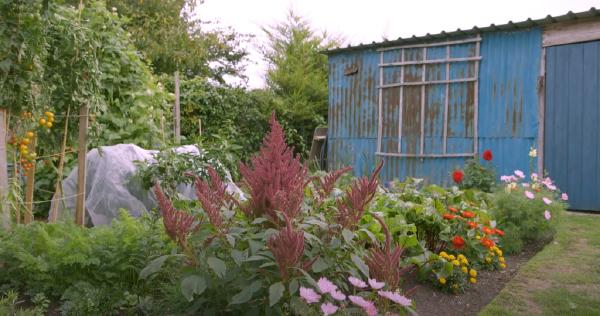Thanks to Charles Dowding for sharing his wisdom and knowledge! I wrote the following notes watching the video published on Charles Dowding’s channel.
You can watch it using these YouTube links:
In 2018, it marks the first-year anniversary of the experiment to make a 25 m² garden, similar to Damien Dekarz in France.
Weather and harvest
Now, in September, the weather is warm in the Zone 8A where Charles lives and they had some rain in August, which was welcome after the previous 3 months that required watering every second or third day.
The runner beans, Czar variety, needed that water especially.
At this time of the year, many vegetables are getting ready or are ready:
- carrots sown in mid-June,
- leaks sown in early April and planted in June to replace the spinach
Pest control
Charles has been using for years a thin white mesh to protect the carrots, the cabbages and the Swede, particularly in summer. But in September, it starts to be easier for those vegetables.
Also, he sprays some bacillus thuringiensis (soil bacteria) that he finds on Ebay as dry powder. He sprays it every 18 days (depending on the weather of course). It makes the leafy greens uneatable to caterpillars. If they try, they die…
Is that safe for humans?
It seems that it is fine. UV rays destroy the bacteria after a while, hence the repeat spray.
When it comes to using this insecticide, use the powder form, not the GMO form that some labs have integrated to seeds…
According to this article on “MedecinesSciences.org”, it could cause an immune response in the digestion track.
I haven’t successful tried cabbages yet, as the slugs have usually eaten them before they were tall enough to become attractive to caterpillars.
Charles seems to be confident it doesn’t affect mammals. I’d be interested in an alternative. For example, what feeds on caterpillars?
According to AZ Animals, the following animals are the most common predators of caterpillars:
- Birds
- Humans
- Lacewings
- Paper wasps
- Yellow jackets
- Ladybird beetles
- Ladybugs
- Spiders (some species)
New sowing
During September, it is time to harvest the summer crops and replace them with the next crops like fennel, land cress or spinach.
Personal note
I’m going to try spinach for the first time this month.
I have prepared an area of my garden with compost.
Soon, we are going to get some good rain and with the warm temperatures, I’m sure they will grow and may be ready for harvest in October.
Hopefully, the badgers won’t till the soil as they love to do…
The advantage of spinach sown now is that it will crop up in the autumn and will survive the winter to crop again in the spring. Is that not awesome?
Charles sowed spinach early August and planted them 4 weeks later. I’m going to sow direct. It may not work if the snails and slugs attack the young plants. However, from the past year observation, the compost seemed to repel them so we will see.
Charles doesn’t hesitate to fill all the gaps he finds with crops that will do well at this time in that utumn and winter.
Harvest for seeds
Leaving some crops bolt or go to seed, like French beans, will provide free seeds for next year’s sowing.
A garden is not just vegetables
Planting flowers will benefit the garden because good insects will flock to them, especially the cosmos.
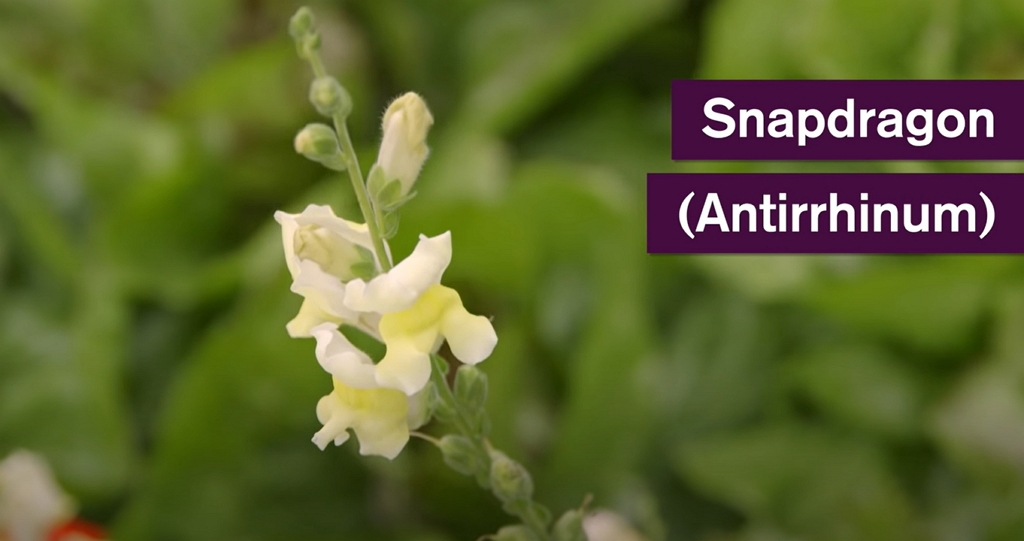
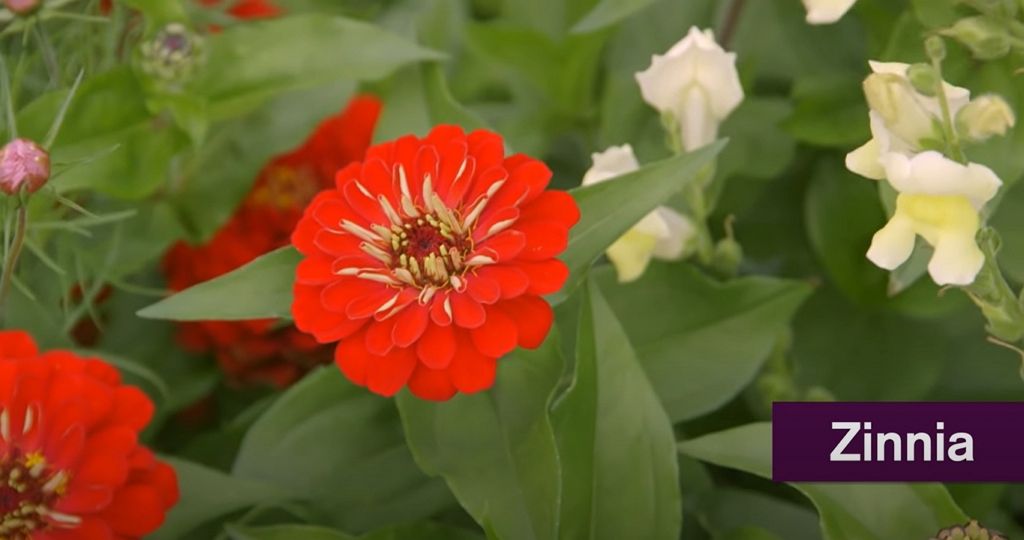
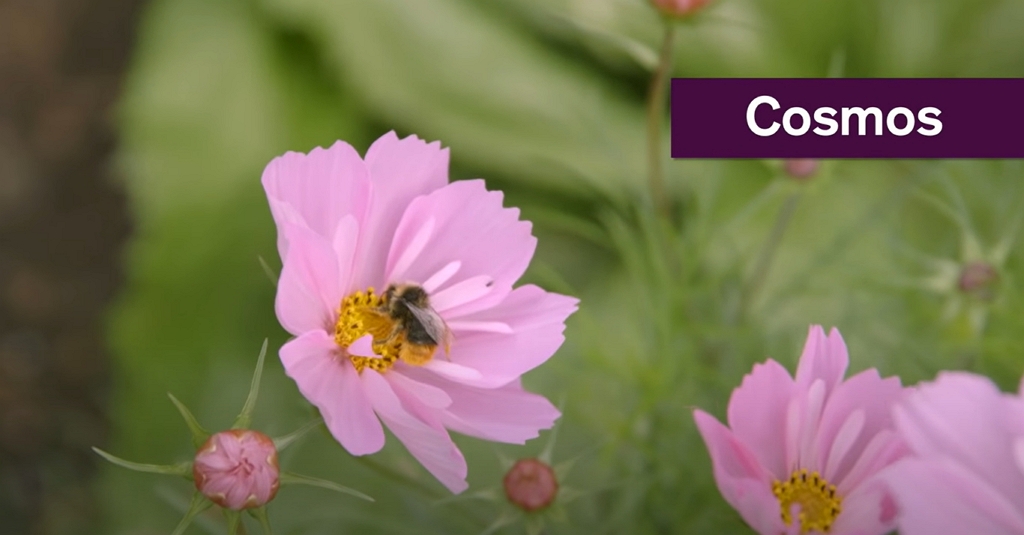
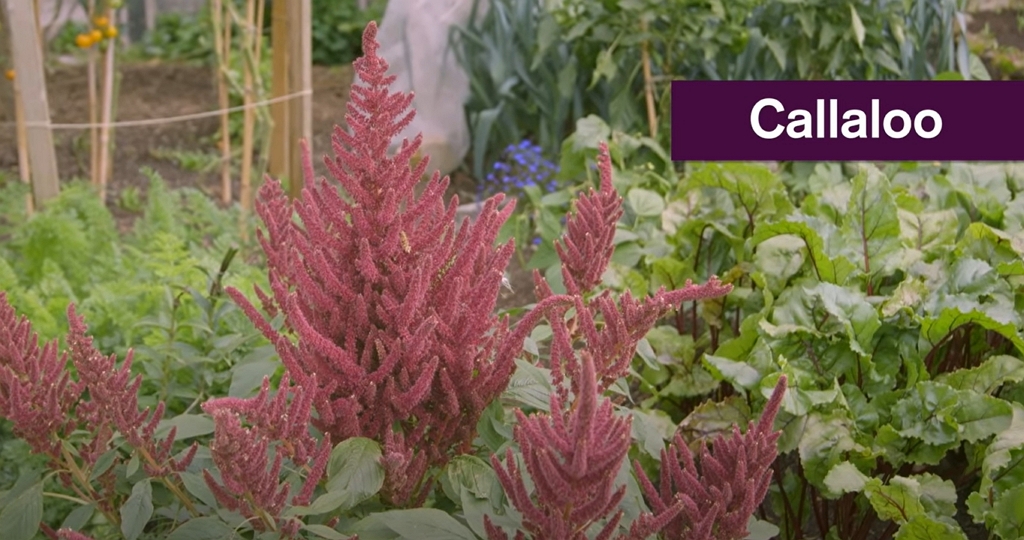
How crop can you harvest in 25 m²
By September, Charles claims to have harvested 120 kg of vegetables! Impressive.
Does it motivates you to start?
